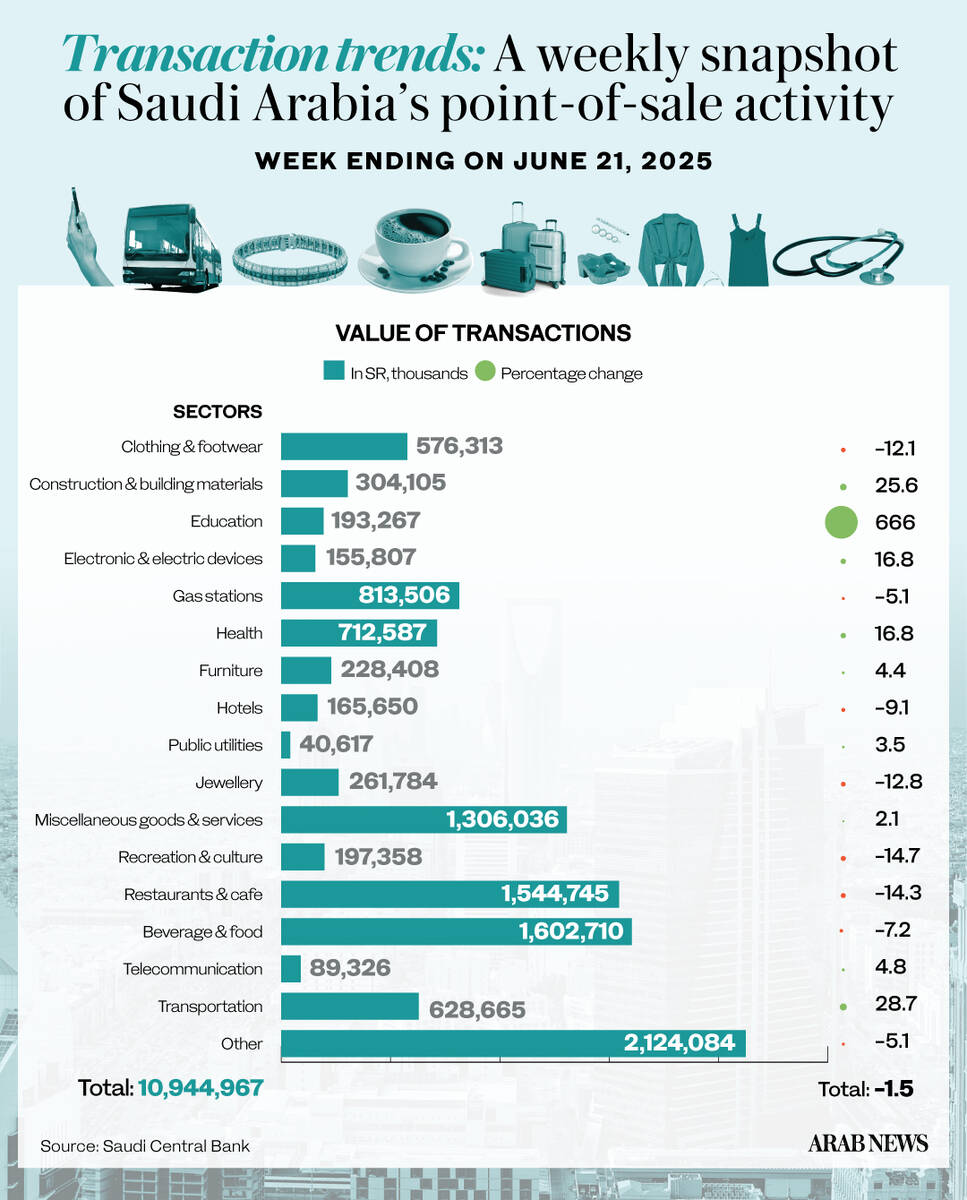RIYADH: Saudi Arabia’s airports handled 128 million passengers in 2024, marking a 45.8 percent increase since the launch of Vision 2030 in 2016, according to the Kingdom’s latest annual report.
In 2024, airports across the country operated 905,000 flights and managed 1.2 million tonnes of cargo, underscoring Saudi Arabia’s growing stature as a logistics and aviation hub.
Strengthening the aviation and logistics sector is a key goal outlined in Vision 2030, as the Kingdom aims to establish itself as a global center for business and tourism by the end of this decade.
“Saudi Arabia is transforming its transport ecosystem, positioning itself as a global logistics and aviation hub by 2030,” the report stated.
As part of these efforts, the Kingdom launched over 60 new routes last year under its Air Connectivity Program, with 12 new international carriers beginning operations in Saudi cities. Since its launch in 2021, the program has expanded air links with global destinations, enhancing Saudi Arabia’s prominence in global aviation.
Innovation also took flight in 2024, with Saudi Arabia debuting the region’s first autonomous air taxi pilot project during the Hajj season. Designed to transport pilgrims across holy sites and expedite emergency responses, the air taxi pilot marks a significant step forward for the Kingdom’s smart mobility initiatives. Last year, Saudi authorities also granted the first operational license for drones to clean building facades.
Transportation and logistics
Saudi Arabia’s transportation and logistics infrastructure continued its rapid growth throughout 2024. The Kingdom ranked first regionally and 20th globally in handling commercial tonnage, while its Logistics Performance Index ranking improved to 38th globally, up from 52nd in 2016.
“Saudi Arabia has embraced its strategic location as a global gateway between East and West, transforming logistics and transportation into cornerstones of economic development,” said the report.
The year saw the launch of the $346.6 million Maersk Logistics Hub at Jeddah Islamic Port, and the addition of 34 maritime services across Jeddah Islamic Port, King Abdulaziz Port in Dammam, and Jubail Commercial Port.
Further cementing its leadership, the Saudi Ports Authority, also known as Mawani, won the International Finance Award for infrastructure development, highlighting the sector’s global recognition.
Saudi Arabia also secured membership in the Council of the International Transport Forum in 2024. Commenting on the achievement at that time, Saleh Al-Jasser, minister of Transport and Logistics, noted that it reaffirms the Kingdom’s pivotal role in advancing global transport and logistics services.
Additionally, the master plan for an integrated logistics zone at King Salman International Airport received approval, reinforcing the Kingdom’s ambitions to become a world-class logistics hub.
“Under Vision 2030, the logistics sector has undergone sweeping reforms and infrastructure advancements, aiming to make the Kingdom a world-class logistics hub that enables trade, strengthens regional integration, and supports national economic diversification,” added the report.
Expanding rail transport
Saudi Arabia’s rail sector also recorded significant progress. In 2024, 13 million passengers traveled via the national rail network, a 22 percent increase compared to the previous year, while freight movement reached 28 million tonnes.
“These developments are reinforcing the Kingdom’s position as a regional leader in integrated, sustainable transport, supporting both economic growth and improved quality of life,” said the report.
The Riyadh Metro, one of the world’s largest urban transit projects, was officially launched last year.
Spanning six lines and 176 km, the metro boasts a daily capacity of 3.6 million passengers. In its first week of operation, the network transported 1.9 million passengers.
The Riyadh Metro is a major component of Saudi Arabia’s Vision 2030 strategy, aimed at reducing traffic congestion in the capital and enhancing residents’ quality of life.
































